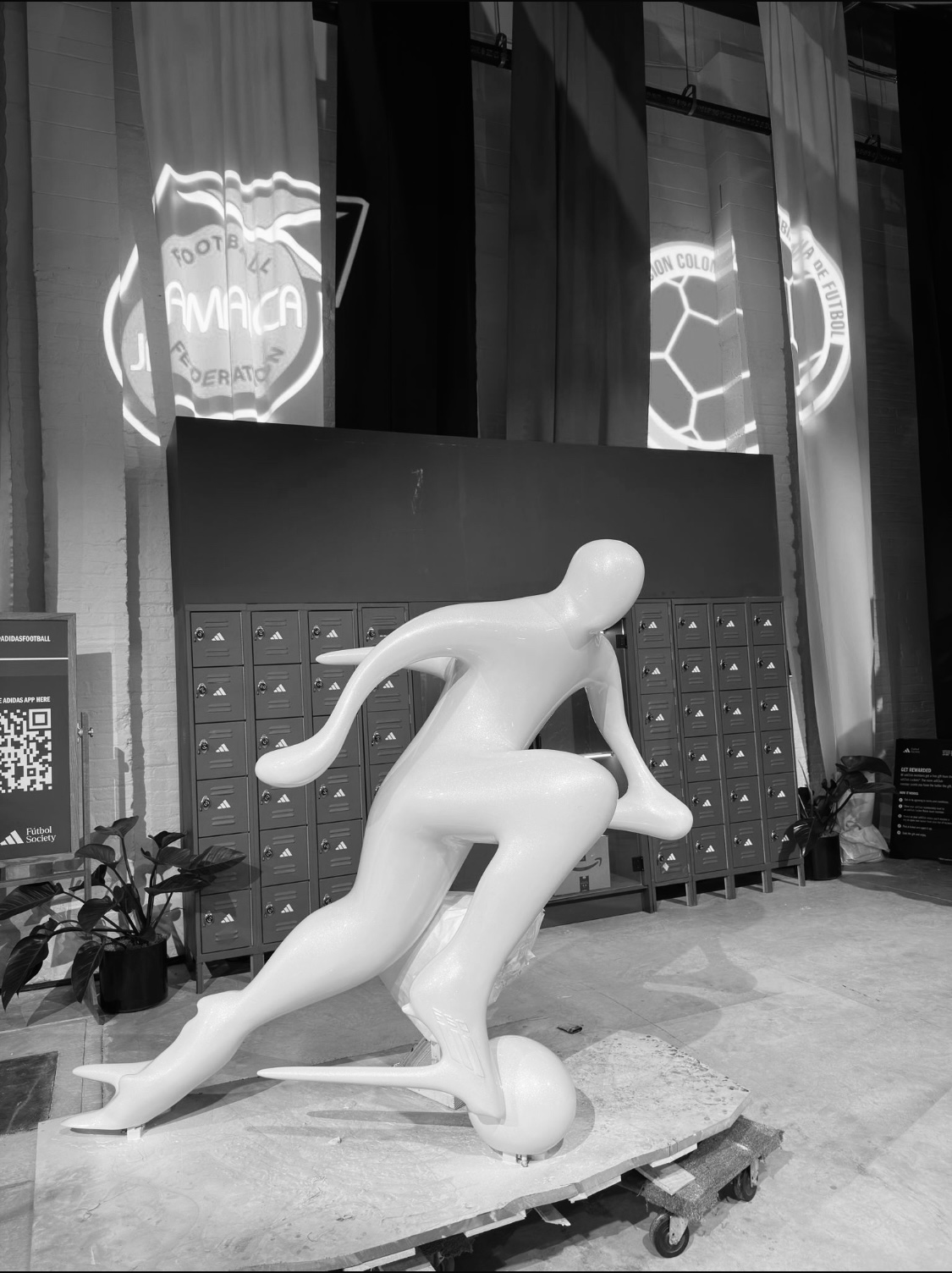Before diving into the details, here’s a concise overview of the key takeaways:
- Layering is Essential: A minimum of three distinct cushioning layers—surface barrier, shock-absorbent foam, and bubble wrap—is recommended for the most fragile artwork.
- Material Selection Matters: Use acid‑free tissue or glassine, Ethafoam/Volara, foam board, and high‑quality bubble wrap to prevent chemical or physical damage.
- Thickness Guidelines: Aim for at least 2–3 inches of total padding thickness on all sides; adjust based on object weight and fragility.
- Custom Crate Interiors: Line crate walls with foam strips or custom cavities to “float” the fragile artwork and eliminate movement.
- Professional Support: For complex media, multi‑piece crates, or climate‑controlled requirements, Union Fine Art Services offers turnkey crating solutions.
Why Multiple Layers of Padding Are Crucial
Proper layering inside a wooden crate transforms it from a simple box into a protective cocoon for your fragile artwork. Each layer serves a unique purpose:
- Surface Protection: Guards against scratches, abrasion, and moisture.
- Shock Absorption: Damps impacts and vibrations during handling and transit.
- Void Fill & Immobilization: Ensures the object “floats” without shifting, preventing secondary damage.
By combining these layers, you address the full spectrum of shipping hazards—from drops to temperature swings—ensuring your fragile work arrives in pristine condition.
Recommended Layering Strategy
1. Surface‑Contact Barrier
Begin with a material that won’t interact chemically or physically with the artwork’s surface:
- Acid‑Free Tissue or Glassine: Provides a soft interface that protects delicate surfaces and prevents abrasion.
- Plastic Sheeting (Poly Wrap): Adds a moisture barrier; wrap tightly without direct contact to painted or porous surfaces.
2. Primary Cushioning Layer
Next, apply a shock‑absorbing foam that conforms to the fragile artwork’s shape:
- Ethafoam or Volara (1/8″–¼″): Closed‑cell, acid‑free foam that resists compression set; line cavities or use in strips on all sides.
- Polyester Batting: For extremely fragile shapes, consider batting pillows (≈4″ thickness uncompressed) within slick liners.
3. Secondary Cushioning Layer (Bubble Wrap)
After foam, wrap the object in 2–3 layers of high‑quality, outward‑facing bubble wrap:
- Minimum Two Layers: Many conservators recommend at least two layers of bubble wrap, bubbles facing outward to avoid surface impressions.
- Optimal Three Layers: For framed or highly delicate pieces, three layers provide superior shock mitigation and are widely used in professional art packing.
4. Foam Board “Sandwich” (Optional but Recommended)
For flat works like paintings and photographs, create a rigid sandwich:
- ½″–¾″ Foam Board or Two‑Ply Cardboard: Place on front and back, extending at least 2–3 inches beyond the fragile artwork’s edges; tape securely.
- Corner Protectors: Add foam or cardboard corner guards between the wrap and foam board to shield vulnerable edges.
5. Crate Interior Lining & Void Fill
Finally, prepare the crate itself to cradle the packaged artwork:
- Foam Strips on Crate Walls: Line the interior with 2.2 pc Ethafoam strips (all sides) to create a uniform cushion.
- Float Packing: “Float” the wrapped object by suspending it on custom‑cut foam blocks or rails—no direct contact with crate walls.
- Additional Void Fill: If any space remains, fill with acid‑free crumpled paper or foam pellets to eliminate movement.
Determining Total Padding Thickness
- Standard Works: Aim for 2–3 inches of combined padding per side (foam + bubble wrap).
- Heavy or Oversized Pieces: Increase foam strip thickness up to 4 inches; consider a custom inner box for added rigidity.
- Highly Fragile Media (Glass, Ceramics): Use cavity‑packing—multiple foam layers carved to the object’s contour, plus a lining layer of smooth Tyvek or silicone release paper.
Media‑Specific Considerations
Paintings & Framed Works
- Glassine & Tissue: Prevent paint and gilding adhesion.
- Bubble Wrap Layers: Three layers if glass remains; if removed, you may use two.
- Crate Ventilation: Use breathable liners to avoid condensation between the frame and foam by sealing crates with moisture‑vapor–permeable coatings.
Sculptures & 3D Objects
- Cavity Packing: Carve foam cavities that support weight evenly and prevent flexing.
- Removable Braces: 2×4 braces lined in foam can stabilize projectiles without over‑compression.
Textiles & Works on Paper
- Flat Packing: Sandwich between acid‑free boards; avoid bubble wrap directly on the surface.
- Rolled Packing: Use acid‑free paper and one layer of bubble wrap inside tubes; tubes get crated with foam padding.
Why Choose Union Fine Art Services?
- Custom Crate Fabrication: We design and build crates tailored to your fragile artwork’s dimensions, fragility, and destination.
- Premium Materials: Our Ethafoam, Volara, glassine, and archival components meet museum conservation standards.
- Climate‑Controlled Storage & Transport: From humidity monitoring to shock‑log devices, we ensure optimal conditions throughout transit.
- Expert Handling: Certified art handlers use non‑contact gloves, specialized braces, and real‑time shipment tracking.
Whether you need a straightforward crate or a multi‑media packing solution, Union Fine Art Services has the expertise and resources to protect your investment from studio to exhibit.
Frequently Asked Questions
Q: Can I substitute regular foam or bubble wrap for archival options?
A: While household materials may seem cost‑effective, they can off‐gas acids or leave impressions over time. Always choose acid‐free tissue, virgin Ethafoam, and archival bubble wrap for long‐term preservation.
Q: Is three layers of bubble wrap overkill?
A: For standard works, two layers suffice; however, three layers become essential when the crate may be subject to rough handling or when shipping internationally.
Q: How do I monitor crate conditions en route?
A: Embed temperature/humidity data loggers and shock indicators within the crate. Union Fine Art Services can provide and interpret these devices upon arrival.
Conclusion
Selecting the right number and type of padding layers inside a wooden crate is pivotal for safeguarding fragile artwork. By following a multi‑layer approach—surface barrier, primary foam cushion, bubble wrap, rigid board sandwich, and crate lining—you mitigate the full range of shipping hazards. For bespoke crating, museum‑grade materials, and professional handling, trust Union Fine Art Services to deliver peace of mind and preservation excellence.
